Dopłaty i ulgi na zakup ładowarki do samochodu elektrycznego – aktualny przewodnik Zakup ładowarki do samochodu...
- There are no more items in your cart
- Shipping
- Total zł0.00

What are the differences between AC and DC chargers for electric vehicles?"
When it comes to powering up an electric vehicle (EV), you'll encounter two primary methods: Alternating Current (AC) charging and Direct Current (DC) charging. While both achieve the goal of replenishing your car's battery, they differ significantly in their operation, charging speed, and ideal applications. If you're curious about how AC and DC chargers work, or what sets them apart, you'll find the answers in this article.
The Core Differences: AC vs. DC Chargers
The fundamental distinction between AC and DC chargers lies in the type of electricity they deliver to the car.
- AC Chargers: These are what you'll typically find installed at home. They supply alternating current, and your car then uses its onboard converter to transform this AC into direct current, which is what the battery actually needs.
- DC Chargers: Also known as fast chargers, these units handle the entire conversion process themselves. They deliver direct current directly to the car's battery, bypassing the car's onboard converter. This is why DC charging is much faster, but also why the chargers themselves are more complex and expensive.
How AC and DC Chargers Work: The Conversion Process
The principle is straightforward: an AC charger provides electricity, but the car needs to "process" it, which takes time. With a DC charger, the charging unit performs all the conversion, so the car simply accepts the power.
Typical AC chargers have power outputs like 3.6 kW, 7.4 kW, or 11 kW. In contrast, DC chargers can offer 50 kW, 100 kW, or even more. This significant difference in power output allows a car to be charged in mere tens of minutes with DC, rather than several hours with AC.
AC vs. DC Charging: Speed, Efficiency, and Application
The choice between AC and DC charging largely comes down to time. If you're charging your car overnight at home, an AC charger is usually sufficient; it's more affordable and efficient enough for this purpose. However, if you're on a road trip and speed is crucial, DC charging is indispensable.
Here are some example charging times for a 60 kWh battery:
- AC 3.6 kW: Over 16 hours
- AC 11 kW: Approximately 6 hours
- DC 50 kW: About 1 hour
- DC 150 kW: Even under 30 minutes
An AC charger is an excellent solution for home use. DC charging, on the other hand, excels at fast-charging stations, along motorways, or for businesses with vehicle fleets.
Costs and Choosing Your Device: When to Opt for AC or DC
For most drivers, an AC EV charger is perfectly adequate. These can be wall-mounted in a garage or driveway, or you can use a portable version. Such mobile EV chargers are convenient and simple to use—just plug them into a standard outlet and charge.
DC chargers are larger, more expensive, and require specific installations. They are most commonly used by public charging stations, transport companies, and drivers who frequently travel long distances. In our store, you'll find a variety of EV chargers, suitable for both home use and more demanding applications. Your choice will depend on how often and where you plan to charge your car.
You don't need to be an electrician to choose the right charger. Understanding the differences is enough: AC primarily offers convenience and economy for home charging, while DC provides speed and efficiency for on-the-go charging. Do you want to charge your car overnight or for daily commutes at home? Choose an AC charger. If, however, you need to quickly top up your energy during journeys, opt for DC.










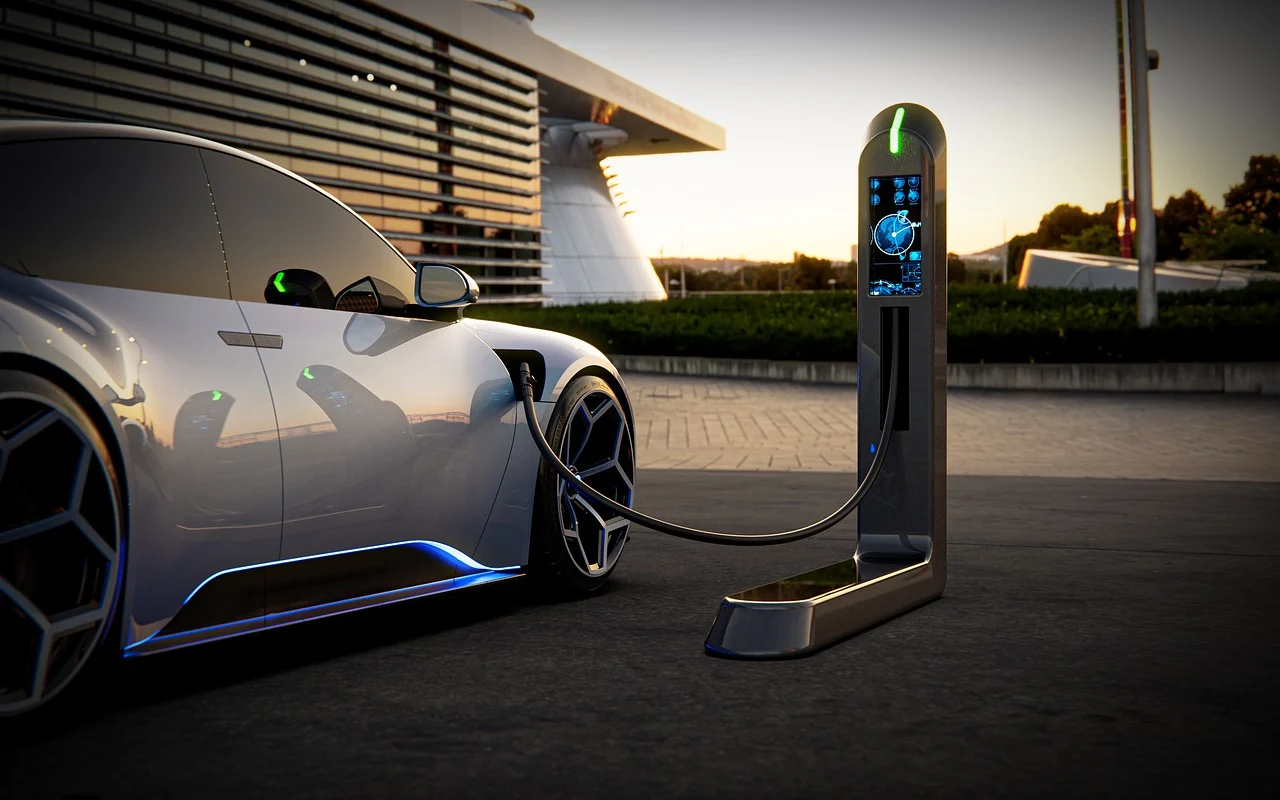

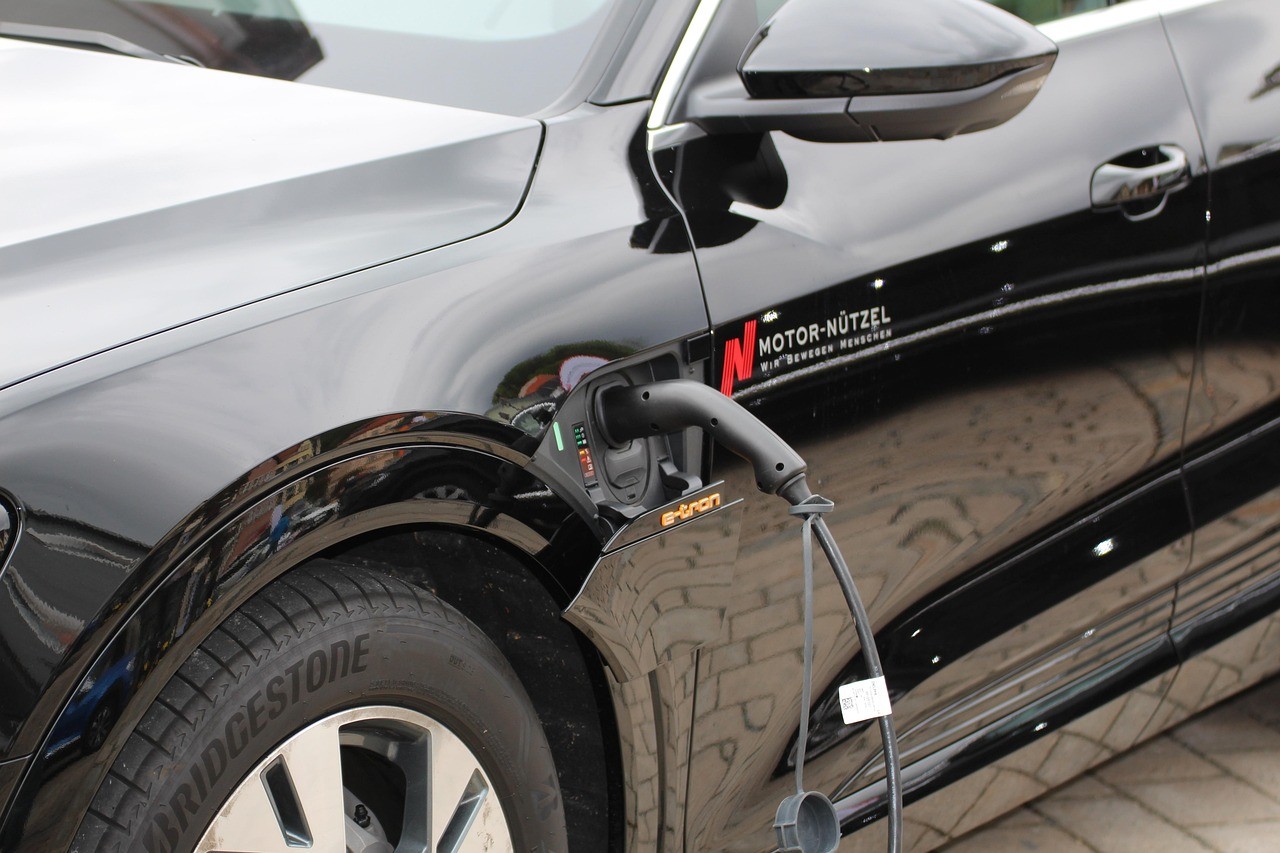
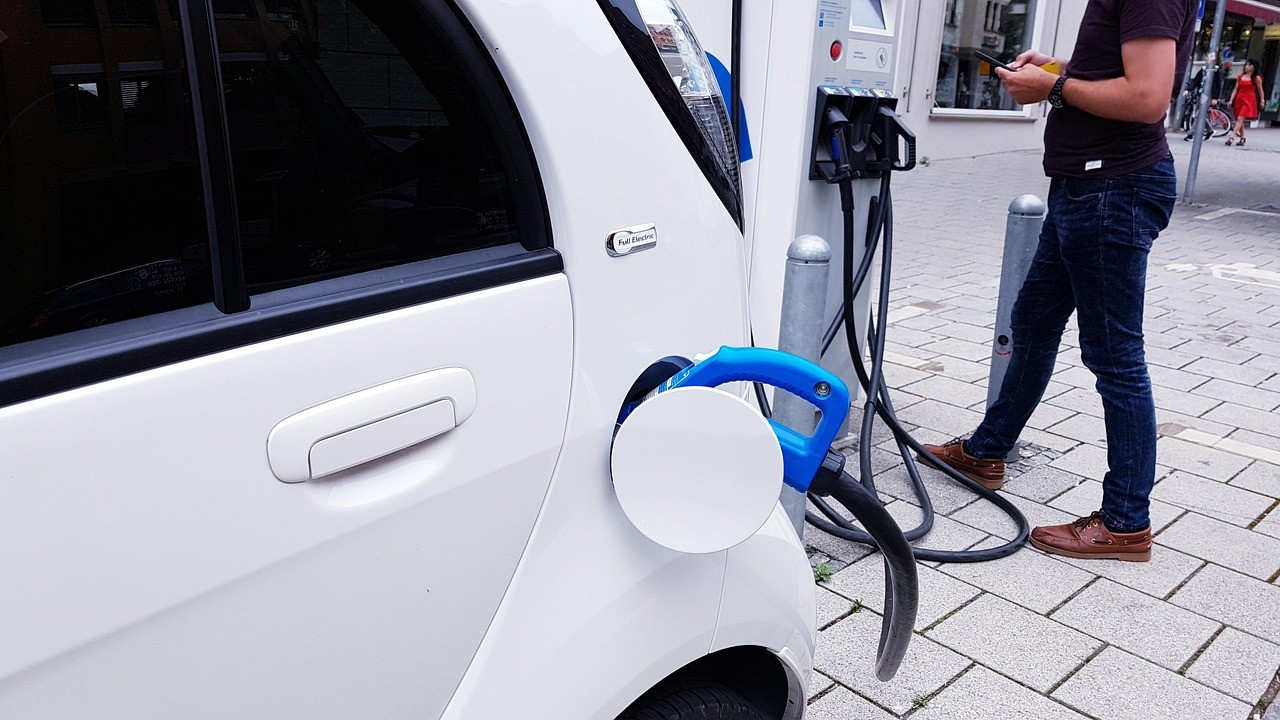
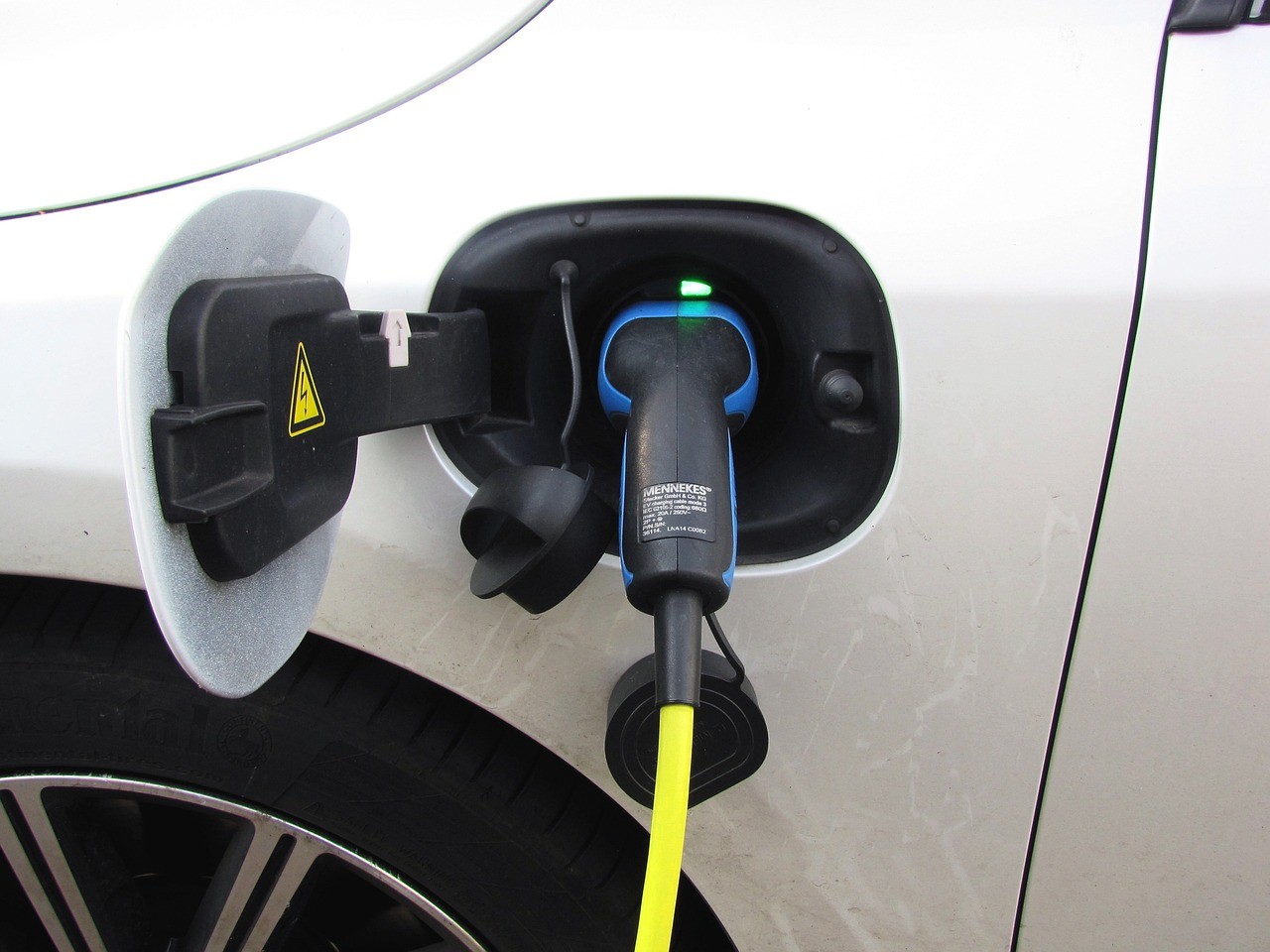
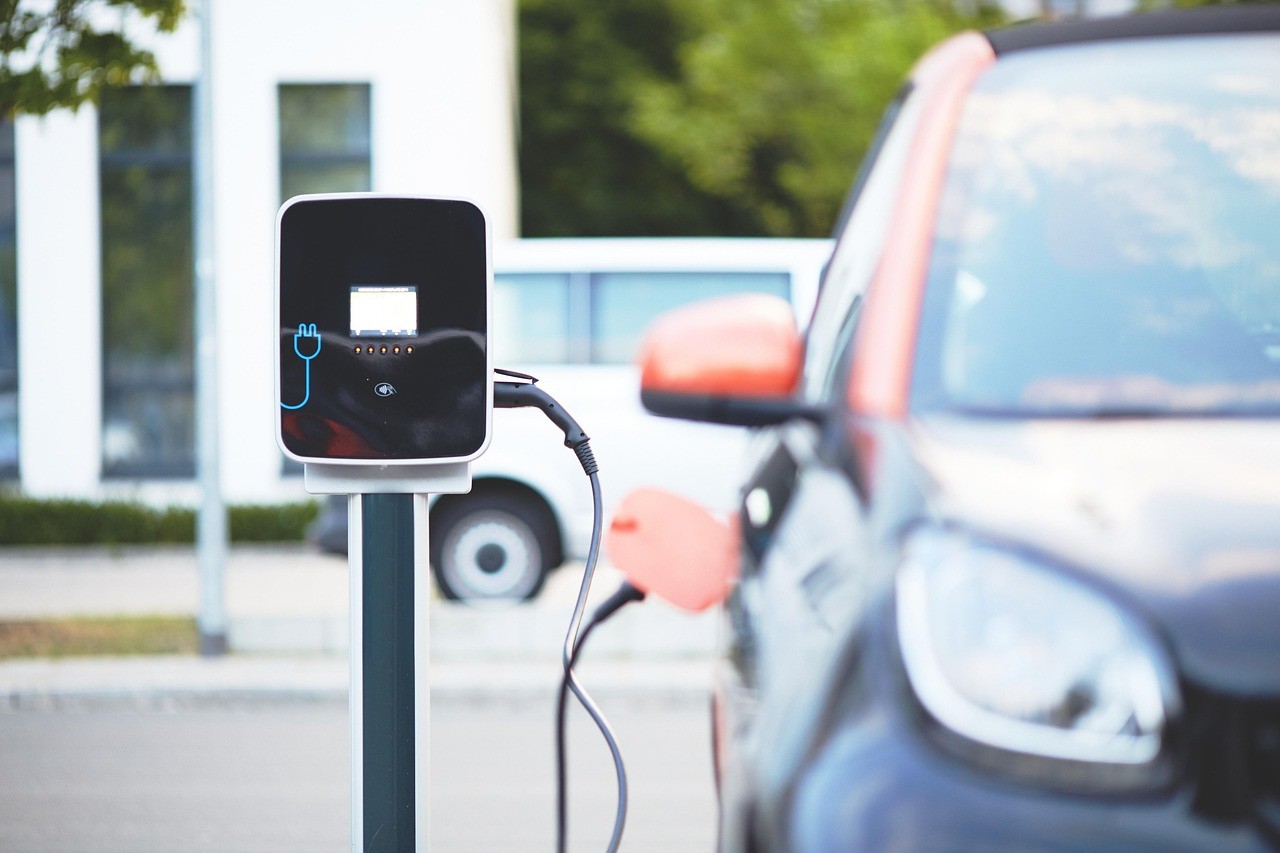
Leave a comment